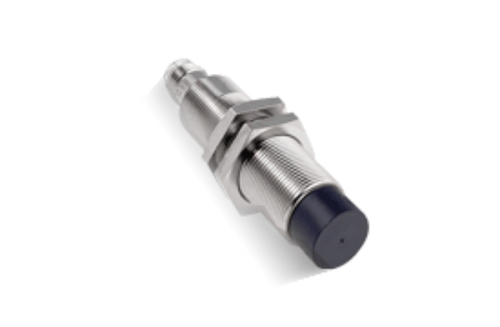Inductive Proximity Sensors
Product Details:
Inductive Proximity Sensors Price
- 1 Piece
- 250 INR/Piece
Inductive Proximity Sensors Trade Information
- 5 Piece Per Day
- 1-7 Days
Product Description
Inductive proximity sensors are non-contact sensors utilized in different modern and robotization applications to distinguish the presence, position, or development of metal articles inside their detecting range. These sensors work in light of electromagnetic standards and are known for their unwavering quality, solidness, and protection from ecological variables.
FAQs of Inductive Proximity Sensors:
Q: What is an inductive proximity sensor?
A: An inductive proximity sensor is a kind of sensor that identifies the presence or nonattendance of metal items without actual contact. It utilizes electromagnetic fields to detect changes in the electrical properties of the objective metal article.
Q: How do inductive proximity sensors work?
A: Inductive proximity sensors discharge a high-recurrence electromagnetic field from a loop in the sensor. At the point when a metal article enters the sensor's discovery range, it disturbs the electromagnetic field, causing an adjustment of the sensor's electrical properties. This change is identified by the sensor, which then, at that point, sets off a result signal.
Q: What kinds of metal items could inductive proximity sensors at any point distinguish?
A: Inductive proximity sensors are intended to identify a wide range of metal items, including ferrous (iron and steel) and non-ferrous (copper, aluminum) metals. The capacity to identify non-ferrous metals relies upon the sensor's plan and working recurrence.
Q: Where are inductive proximity sensors generally utilized?
A: Inductive proximity sensors are utilized in many uses, including producing, mechanization, mechanical technology, and modern hardware. They are utilized for undertakings, for example, object identification, position detecting, part counting, and security applications.
Q: Might inductive proximity sensors at any point be utilized in brutal conditions?
A: Indeed, inductive proximity sensors are intended to endure cruel modern conditions. Many models are worked to be impervious to variables like dampness, synthetic substances, and temperature varieties, making them appropriate for use in testing conditions.

Price:
- 50
- 100
- 200
- 250
- 500
- 1000+




 Send Inquiry
Send Inquiry
